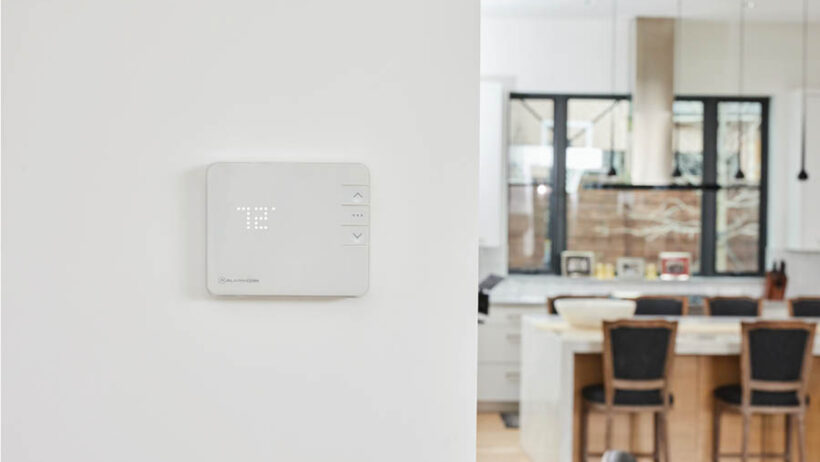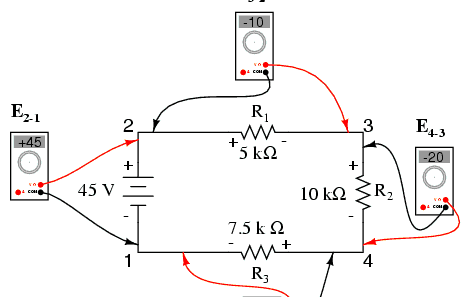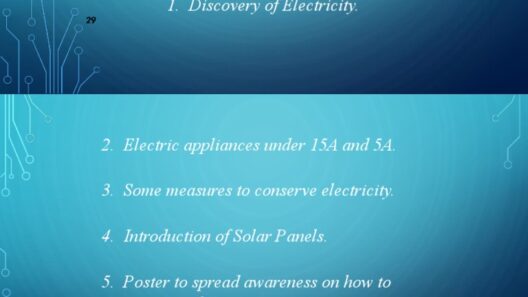In contemporary discourse surrounding energy conservation, smart thermostats emerge not merely as gadgets, but as harbingers of an era where technology and sustainability intermingle. To frame the discussion, one might visualize smart thermostats as the keen-eyed guardians of our habitation, comparable to vigilant sentinels, ever alert to our patterns and preferences. This article seeks to dissect the assertion that smart thermostats actually conserve energy rather than merely serve as a clever marketing ploy.
The crux of the matter lies in understanding the operational functionality of smart thermostats. Unlike their traditional counterparts, which possess rudimentary temperature controls, smart thermostats harness sophisticated algorithms and machine learning capabilities. These devices acquire an intricate understanding of household routines, monitoring behavior to optimize heating and cooling schedules. They adjust temperatures based on occupancy and preferences, aiming not to disrupt comfort, but to design efficiency into daily life.
Consider, for example, the phenomenon of ‘learning’ thermostats. These devices adapt to your trajectory—whether you are home, away, or even asleep. Their inherent ability to collect data over time enables them to forecast energy consumption patterns, akin to a seasoned navigator charting a course through shifting waters. This self-adjusting nature often leads to reduced energy use, as comfort does not have to come at the expense of unnecessary consumption.
Empirical studies vary in their conclusions regarding the actual energy savings attributed to these devices. Some research suggests that smart thermostats can facilitate energy reductions of up to 10–15%. This is particularly relevant in climates with pronounced seasonal temperature changes, where heating and cooling represent a significant portion of household energy use. Thus, the capacity for these devices to learn and adapt embodies a tangible shift toward more sustainable living practices.
While they are celebrated for their technological prowess, one must also scrutinize the marketing rhetoric surrounding their adoption. The allure of convenience—a central theme in their promotion—cannot be understated. The tagline “set it and forget it” glamorizes an effortless energy management model. Yet, the reality may be nuanced; devices operate best when users engage with their functionalities. Those who merely prescriptive the installation without exploring the myriad features may inadvertently bypass potential savings, leading to skepticism about their efficacy.
In essence, the divergence between user engagement and potential energy conservation is a chasm that requires bridging. An uninformed consumer may view a smart thermostat as a mere replacement for a traditional device, overlooking its intricate capabilities. Education and awareness of the device’s full spectrum of features can enhance energy conservation outcomes. Thus, the efficacy of a smart thermostat is contingent not solely on the technology itself but on the conscientiousness of its user.
Moreover, one must address the ecological footprint associated with the manufacture and disposal of smart thermostats. Critics often argue that any energy savings achieved through usage may be offset by the carbon footprint incurred during production and distribution. Therefore, the sustainability narrative becomes multifaceted; it demands an analysis of lifecycle impacts, not just operational efficiency. The question arises: do the benefits of reduced energy use during operation outweigh the environmental costs of their production? This complexity obliges us to think critically about our choices and their ramifications.
Beyond the metrics of energy savings and ecological considerations, smart thermostats also pave the way for behavioral change. Their intuitive interfaces and mobile applications empower users to take active roles in energy stewardship. Insights derived from energy consumption data can inspire behavioral modifications, such as adopting more energy-efficient practices or committing to off-peak usage. Thus, they serve as conduits of consciousness, transforming passive consumers into active participants in their energy futures.
On a broader scale, the integration of smart thermostats into the wider framework of smart grids represents a significant evolution. As communities increasingly adopt these technologies, the cumulative effect can lead to a pronounced decrease in energy demand. This ripple effect underscores the potential of collective behavioral shifts, akin to a symphony composed of individual notes, where each household represents a unique contribution to an overarching harmony of sustainability.
Nevertheless, skepticism persists, particularly in the realms of privacy and data security. As these devices collect and transmit extensive data regarding user habits, concerns regarding surveillance and data misuse emerge. Public trust is paramount; the interface between energy conservation and personal privacy must be navigated with transparency and integrity. This conversation invites meaningful dialogue about the ethical dimensions of modern technology and its role in our lives.
To encapsulate, the discourse surrounding smart thermostats as energy conservation tools or mere marketing gimmicks is rife with complexities. They possess the potential to significantly reduce energy consumption through innovative learning capabilities, yet this potential must be unlocked through informed usage. As they infuse our daily lives with convenience and insights, smart thermostats represent not only a technological advancement but also a philosophical shift toward mindful living.
Ultimately, the journey towards energy conservation is not solely about adopting advanced technology; it is a holistic commitment to sustainable practices. The integration of smart thermostats into our homes is a step in the right direction, yet it can only flourish within a broader context of awareness, engagement, and ethical considerations. Embracing this mindset can set us on a trajectory that not only conserves energy but also fosters a deeper connection to our environment, transforming passive living into an active stewardship.








